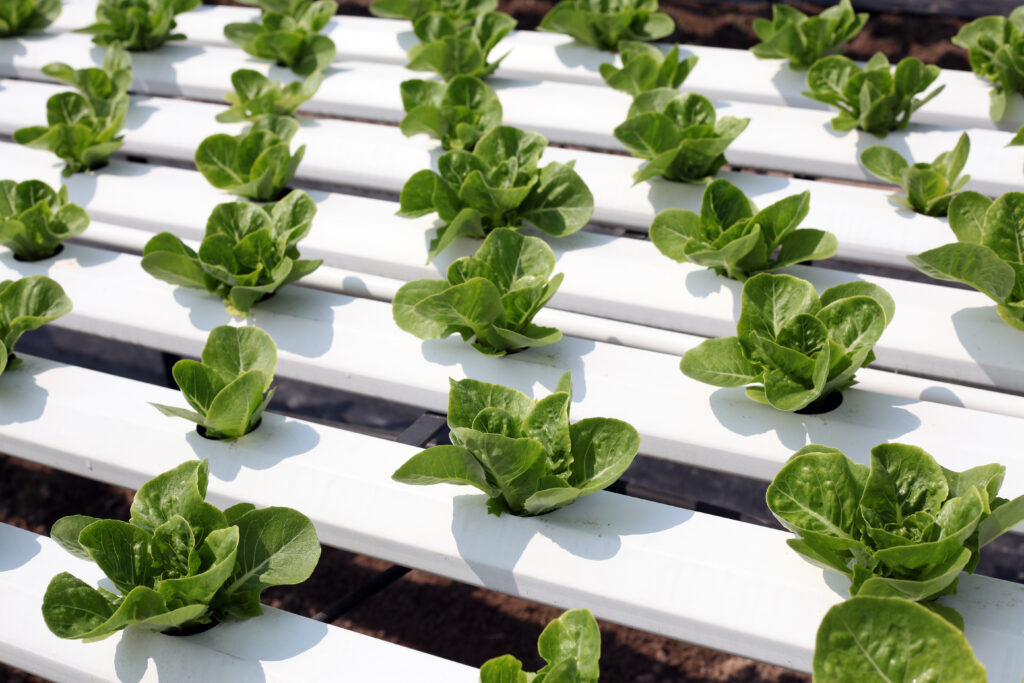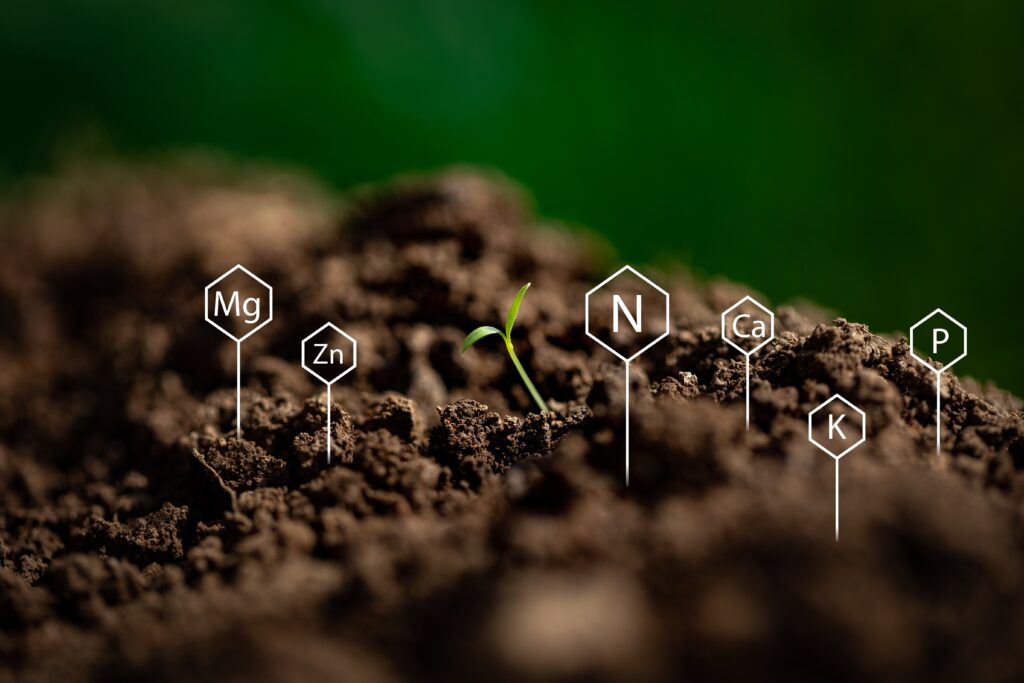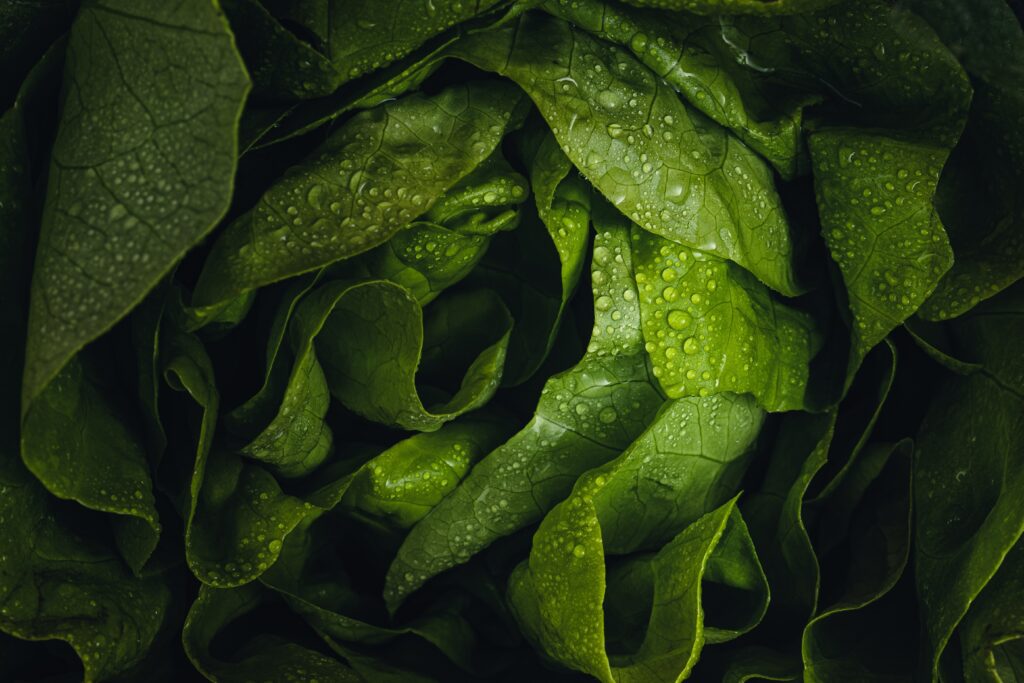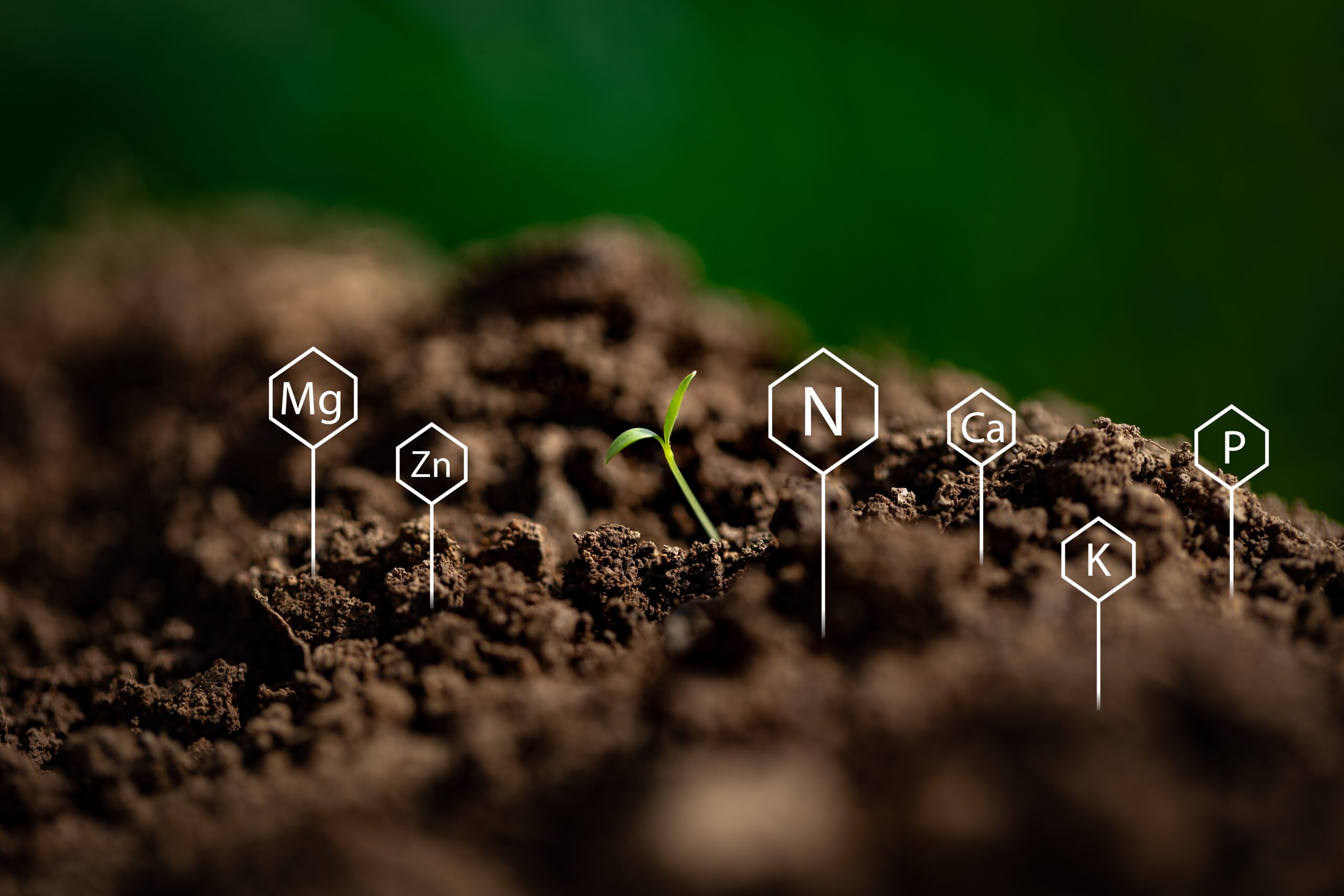Lettuce, which is one of the most popular leafy vegetables, is often grown in hydroponic systems, which are gaining popularity due to their efficiency and lower environmental impact. However, in the context of hydroponics, the topic of nitrate and nitrite content in lettuce raises some concerns. Is there really anything to be afraid of? Let’s take a closer look at this issue.

What are nitrates and nitrites?
Nitrates (NO₃-) and nitrites (NO₂-) are chemical compounds that naturally occur in soil and water. They are essential for plant growth, as they are a source of nitrogen – a key building block for proteins and chlorophyll. Conventional agriculture and hydroponics use nitrogen fertilizers to provide plants with the right conditions for growth.
Nitrate and nitrite content of lettuces
Hydroponically grown lettuces may have higher nitrate content than conventionally grown plants. This is due to the controlled environment and the delivery of nutrients in a precise manner, which can lead to the accumulation of these compounds in the leaves.
Standards for nitrate content in vegetables are strictly regulated. In the European Union, the maximum allowable nitrate content in lettuce is between 2,000 and 4,500 mg/kg, depending on the season and growing conditions. Nitrites, which are nitrate derivatives, are less stable and occur in smaller amounts.
Potential health risks
Nitrates by themselves are not directly toxic to humans. The problem arises when they are converted in the body into nitrites, which can form nitrosamines – compounds with carcinogenic effects. Particularly vulnerable are infants, in whom excessive amounts of nitrite can lead to the so-called “nitrite”. “blue baby syndrome” (methemoglobinemia).
For adults, eating vegetables with normal nitrate levels is usually safe, and leafy vegetables such as lettuce are an essential part of a healthy diet. Nevertheless, excessive intake of nitrates can be problematic, especially if they are present in large amounts in the daily diet.

Hydroponic cultivation and nitrate content
Hydroponics, or growing plants without soil, in nutrient-rich water solutions, can affect the nitrate content of plants. In hydroponic systems, plants have constant access to nutrients, which can lead to higher nitrate accumulation in plant tissues.
However, proper management of hydroponic systems can control nitrate levels. It is crucial to monitor the nitrate concentration in the nutrient solution and adjust it according to the needs of the plants. Many modern hydroponic systems are equipped with sensors and automatic control systems that help maintain optimal conditions for plant growth.
Benefits and challenges of hydroponic farming
Hydroponic cultivation offers numerous benefits, such as:
- Greater yield: Plants grow faster and can be grown year-round, regardless of weather conditions.
- Less water consumption: Hydroponics uses significantly less water compared to traditional growing methods.
- Reduced pesticide use: A controlled environment reduces the need for pesticides, leading to healthier crops.
- Environmental protection: Reduced consumption of natural resources and no need for soil reduce the negative impact on the environment.
However, there are also challenges, such as:
- Initial costs: The investment in hydroponic systems can be high.
- Nutrient management: Requires precise monitoring and adjustment of nutrient solutions.
- Risk of water contamination: Inadequate management can lead to contamination of nutrient solutions, which can affect plant health.

How to reduce the risk of nitrates in lettuce?
To reduce the risk of high nitrates in hydroponically grown lettuces, it is worthwhile to use the following strategies:
- Monitoring nutrient solutions: Regularly monitor nitrate concentrations and adjust nutrients according to plant needs.
- Adequate lighting: Ensure adequate light levels to support the conversion of nitrates into proteins.
- Adequate temperature: Maintain optimal temperature for plant growth, which affects nitrate metabolism.
- Selection of suitable varieties: Selecting lettuce varieties that have a naturally lower tendency to accumulate nitrates.
Summary
The nitrate and nitrite content of hydroponically grown lettuces may cause some concern, but proper management of hydroponic systems can control these compounds. Hydroponics offers many benefits, such as higher productivity and lower resource consumption, which make it an attractive alternative to traditional farming methods. With proper practices, lettuces grown hydroponically can be safe and healthy, providing a valuable part of the diet.

Leave a Reply